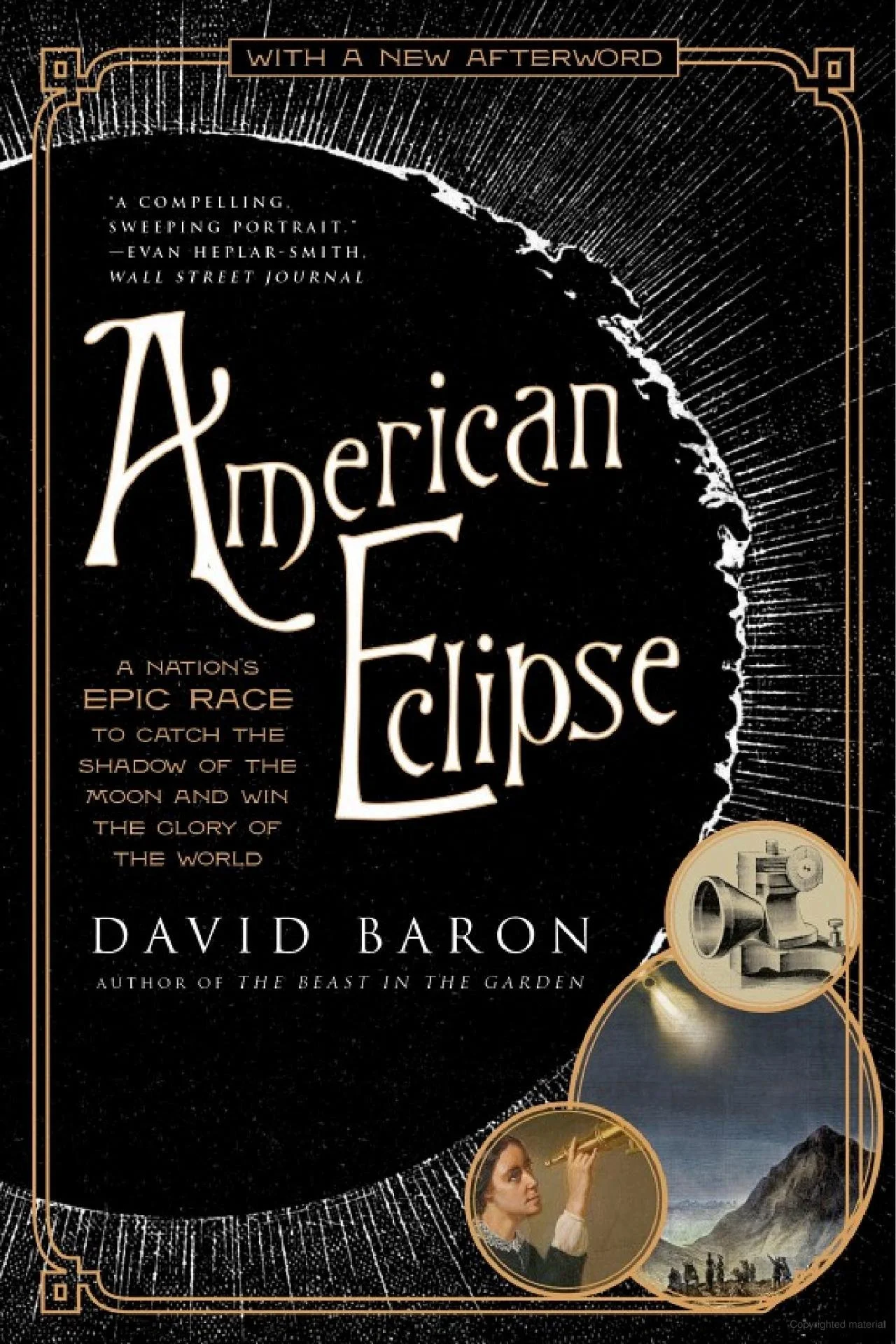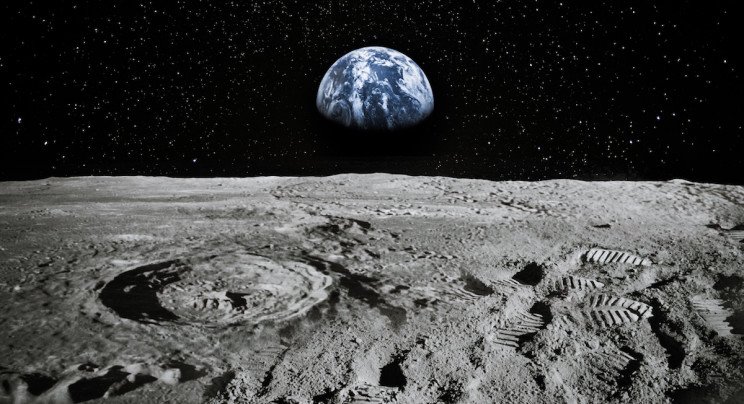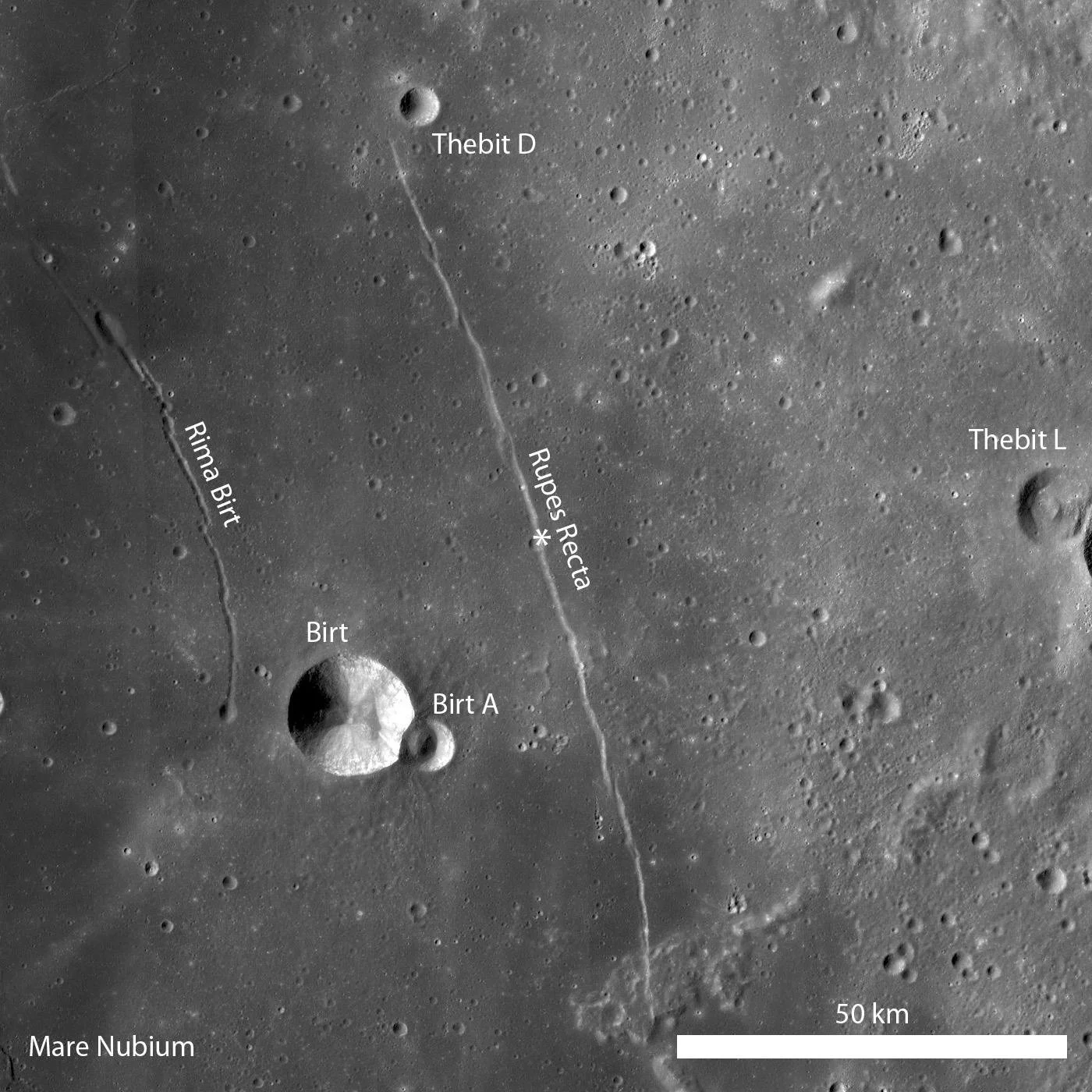Astral Projections Online October 2025
Check our Website for updated content at www.astra-nj.com
Club Presentations Wanted:
Does anyone have any astronomy items of interest to share with the membership?
Please let us know at Club Contacts.
Club dues and membership. If you renew after March 31 you will be renewed as a new member.
Membership renewal time and Elections
December is the time to start renewing your ASTRA membership for 2026.
Forms can be found on the website or here.
ASTRA Elections
It’s that time of year to start thinking about the ASTRA Board elections. Please let the current board members know if anyone is interested in running for any of the three positions: president, vice president, or treasurer. Elections will be at the December meeting. Unless there are no takers, the current board will remain in place.
President - Jim Webster
Vice-President - Vinny Illuzzi
Treasurer - Rosemarie Spedaliere
Request to the ASTRA Membership.
If you have any old ASTRA photos or videos and are willing to share them, please send them to Jim Webster.
We are working on something for the December meeting.
ASTRAL PROJECTIONS ONLINE (APO for short) is an email-linked publication for members only. If you exit APO to the club website or other resources you will need to use the emailed link again to get back to it. If you wish to retain a copy please bookmark or refer back to the email. We will make all efforts to post by the first week of the month.
Submissions Welcome: Members are invited to submit articles, photos, news, or stories for inclusion with Astral Projections Online. Please contact the ASTRA Webmaster.
Event Calendar
Event Cancellations: Members will receive email notifications of event cancellations.
Upcoming October ASTRA Meeting
Friday, October 10, 2025, at 7:00 PM EST at Novins Planetarium
Upcoming Public Star Parties
October 11, 2025 - Jake’s Branch - 7 PM
November 15, 2025 - Patriots Park - 6 PM
November 29, 2025 - Jake’s Branch - 6 PM
Upcoming Public, County & State Park Presentations 2025
Public Outreach Presentations, if any member wishes to support ASTRA outreach efforts with the public, please let Vinny, Ro, or Jim know of any interest. Additional help for these events is always appreciated.
County and State Park presentations require a registration fee; call the hosting park to reserve.
None scheduled at this time.
Website Updates …
Please visit our club website. We continue to have additional updates, if some content would be useful to members please let us know.
“The purpose of life is the investigation of the Sun, the Moon, and the heavens."
- Anaxagoras, Philosopher
ASTRA Meeting - October 10 at 7 PM
For our October meeting at the planetarium, we will meet in the meeting room at 7 PM. We will have Rich Brady presenting to the membership for our main event. We will also have a short review from Phil Zollner.
Please support Novins Planetarium, patranizing their shows, who has supported us since the begining of ASTRA.
We are asking members to support our ASTRA meetings by presenting astronomy items of interest.
Please let Jim, Ro, or Vinny know.
Event Reports
This past September was a mixed bag for us. Jake’s Branch was canceled due to bad weather on September 27. Earlier in the month, on September 13, the Seaside Park Environmental event at Island Beach State Park had some scheduling issues, and gates were locked until it was almost time to start. Once inside, we were able to provide some viewings until the weather changed. Unfortunately, we weren’t able to take any photos for this event.
September ASTRA Meeting Summary
Sam provided his presentation on his spectrograph eclipse project.





Public Events and Presentations
None for September
Members Submitted Articles & Items
Whatever it is, how you tell your story online can make all the difference.
Contact: Jim Webster, ASTRA President and Webmaster, regarding submissions.
American Eclipse by David Baron
Summarized by Vic Palmieri
Earlier this past Summer, I received a call from Barnes & Noble informing me that a book I had ordered was in and that I could pick it up anytime during store hours. Later that day, I found myself at the bookstore with my new purchase in hand. As is my wont, I usually spend a few minutes checking out the tables and racks for something I could consider reading at some future date.
It was during my wandering that I came across American Eclipse by David Baron. The cover’s graphics caught my attention as they had the look we associate with the 19th Century. This genre of illustration was used throughout the book.
At this time United States was not a scientific power. Europe was far ahead of the United States in both Science and Technology. However, only a decade after the Civil War, the United States was prepared to industrialize and move forward and close the Science gap with Europe. The 1876 Centennial held in Philadelphia was a step in this direction. There new technology and scientific breakthroughs were introduced, and scientists and engineers from the United States could share their knowledge with others from many nations.
Even as science and technology were gaining support in the United States, Astronomy was still lagging behind its European counterparts. The eclipse of 1878 was the first large-scale astronomical expedition in the United States. The public became interested in the eclipse and of the adventures of the astronomers who made the journey to remote and hostile areas of the American West for the best odds of clear skies. There was a hope that the excitement of the eclipse by the public would provide a boost to the sciences, especially Astronomy, in the United States.
There were many famous astronomers who lead these expeditions. Too many to discuss in this book review. However, I will name only one participant who was even more famous but not an astronomer: Thomas Edison. Some astronomers would use the darkness of totality to search for a suspected planet that circled the sun within the orbit of Mercury (suspected planet referred to as Vulcan). Other astronomers, especially Thomas Edison, wanted to know the temperature of the brightest stars. To accomplish this task, Thomas Edison invented the Tasimeter. Supposedly accurate to 1/4000 degrees Fahrenheit! (Spoiler Alert: Much to the disappointment of the astronomers, the Tasimeter failed to work).
I truly enjoyed this book. It is well written, and we can admire the travels and hardships of those back in 1878 who made the difficult and dangerous trip to the western states. And when we look through our telescopes at a particular celestial object, and if we are fortunate enough to have the opportunity to see a total solar eclipse in person, we are sharing with those astronomers of 147 years in the past the same awe, emotion, and wonder of the universe.
Google Preview - Vic Palmieri 9/25
The six little red dots that nearly broke the Universe
The discovery of these unidentifiable objects threatened to break our understanding of the cosmos.
AstroMag September 2025
A free online publication for Amateur Astrophotographers.
This month has the Dwarf 3 review, part 2.
The Moon: Our Nearest Neighbor
Let’s explore some interesting features, facts, or myths about our nearest neighbor, the Moon. Without it, life on Earth would be totally different, if not at all.
Rupes Recta
Note: This article is AI Generated
Rupes Recta, or the "Straight Wall," is a famous 110 km long lunar fault on the Moon that appears as a prominent straight line due to an oblique angle of sunlight, though it is not actually a vertical cliff. It is a site of geological interest, known for its distinctive shadow and appearance as a straight escarpment, with NASA's Lunar Reconnaissance Orbiter (LRO) providing high-resolution images of the feature.
To locate Rupes Recta, find the large, dark lunar mare known as Mare Nubium in the southeastern part of the Moon's near side, at approximately 22.1°S, 7.8°W. It appears as either a dark, straight line or a bright streak, depending on the phase of the Moon.
To observe Rupes Recta, or the Straight Wall, on the Moon, you need a telescope, ideally 3 inches or larger. The best time to see it is around the First Quarter moon (about 8 days old) or Last Quarter moon, when a dramatic shadow is cast by the low sun angle. The feature is 110km long and can look like a straight cliff, but its appearance shifts depending on the lunar phase and angle of sunlight.
For more on Rupes Recta visit science.nasa.gov and BBC Sky at Night Magazine.
Outreach material below is distributed free for public outreach.
Astronomy for ASTRA Kids
NASA Science - Space Place - Science & Technology
For our young ASTRA members, NASA has online webpages for kids. An educational resource for fun learning and arts & crafts.
What is a comet?
Image by: Matt Michota.
Around The Web
Dark Sky News
Dark Sky New Jersey is now in discussion with Middlesex Borough and the environmental commission for another DarkSky exhibit board.
This will make three locations: Great Swamp, which is active, and two locations in the works: Middlesex and Jake’s Branch.
Latest News:
DarkSky New Jersey Sample Ordnance for New Jersey towns has been approved and released.
DarkSky New Jersey is reviewing the impact of street-lights on safety and light pollution concerns.
On the lighter side of astronomy …
Gary Larson, an American cartoonist, created The Far Side, a single-panel cartoon series that was syndicated internationally to more than 1,900 newspapers for fifteen years. The series ended on January 1, 1995. Since 2020, Larson has published additional comics online. Wikipedia
For more go to NASA Jet Propulsion Laboratory webpage: What’s Up: Skywatching Tips From NASA
This article and images are distributed by NASA Night Sky Network
The Night Sky Network program supports astronomy clubs across the USA dedicated to astronomy outreach.
Visit nightsky.jpl.nasa.gov to find local clubs, events, and more!
The collision of two black holes 1.3 billion years ago (as shown in this animation) produced gravitational waves that were detected for the first time by researchers at the Laser Interferometer Gravitational-Wave Observatory (LIGO) on September 14, 2015. Credit: Caltech
September 2025 marks ten years since the first direct detection of gravitational waves as predicted by Albert Einstein’s 1916 theory of General Relativity. These invisible ripples in space were first directly detected by the Laser Interferometer Gravitational-Wave Observatory (LIGO). Traveling at the speed of light (~186,000 miles per second), these waves stretch and squeeze the fabric of space itself, changing the distance between objects as they pass.
Waves In Space
Gravitational waves are created when massive objects accelerate in space, especially in violent events. LIGO detected the first gravitational waves when two black holes, orbiting one another, finally merged, creating ripples in space-time. But these waves are not exclusive to black holes. If a star were to go supernova, it could produce the same effect. Neutron stars can also create these waves for various reasons. While these waves are invisible to the human eye, this animation from NASA’s Science Visualization Studio shows the merger of two black holes and the waves they create in the process.
Two black holes orbit around each other and generate space-time ripples called gravitational waves in this image. Credit: NASA's Goddard Space Flight Center Conceptual Image Lab
How It Works
A gravitational wave observatory, like LIGO, is built with two tunnels, each approximately 2.5 miles long, arranged in an "L" shape. At the end of each tunnel, a highly polished 40 kg mirror (about 16 inches across) is mounted; this will reflect the laser beam that is sent from the observatory. A laser beam is sent from the observatory room and split into two, with equal parts traveling down each tunnel, bouncing off the mirrors at the end. When the beams return, they are recombined. If the arm lengths are perfectly equal, the light waves cancel out in just the right way, producing darkness at the detector. But if a gravitational wave passes, it slightly stretches one arm while squeezing the other, so the returning beams no longer cancel perfectly, creating a flicker of light that reveals the wave’s presence.
Still images of how LIGO (Laser Interferometer Gravitational-Wave Observatory) detects gravitational waves using a laser, mirrors, and a detector. Image Credit: NASA
The actual detection happens at the point of recombination, when even a minuscule stretching of one arm and squeezing of the other changes how long it takes the laser beams to return. This difference produces a measurable shift in the interference pattern. To be certain that the signal is real and not local noise, both LIGO observatories — one in Washington State (LIGO Hanford) and the other in Louisiana (LIGO Livingston) — must record the same pattern within milliseconds. When they do, it’s confirmation of a gravitational wave rippling through Earth. We don’t feel these waves as they pass through our planet, but we now have a method of detecting them!
Get Involved
With the help of two additional gravitational-wave observatories, VIRGO and KAGRA, there have been 300 black hole mergers detected in the past decade; some of which are confirmed, while others await further study.
While the average person may not have a laser interferometer lying around in the backyard, you can help with two projects geared toward detecting gravitational waves and the black holes that contribute to them:
· Black Hole Hunters: Using data from the TESS satellite, you would study graphs of how the brightness of stars changes over time, looking for an effect called gravitational microlensing. This lensing effect can indicate that a massive object has passed in front of a star, such as a black hole.
· Gravity Spy: You can help LIGO scientists with their gravitational wave research by looking for glitches that may mimic gravitational waves. By sorting out the mimics, we can train algorithms on how to detect the real thing.
You can also use gelatin, magnetic marbles, and a small mirror for a more hands-on demonstration on how gravitational waves move through space-time with JPL’s Dropping In With Gravitational Waves activity!
YouTube : LIGO: The First Observation of Gravitational Waves
Gravitational Waves Citizen Science at SciStarter: Kilonova Catcher
Comet 3I/ATLAS & More
Comet 3I/ATLAS is the third known object from outside our solar system to be discovered passing through our celestial neighborhood. Astronomers have categorized this object as interstellar because of the hyperbolic shape of its orbital path. (It does not follow a closed orbital path about the Sun.) When the orbit of 3I/ATLAS is traced into the past, the comet clearly originates from outside our solar system.
For more, visit: science.nasa.gov
New comet C/2025 R2 (SWAN) is becoming more visible. Visit: EarthSky
Comet Lemmon might be the best comet of 2025. Visit: EarthSky
The Night Sky | October 2025 | Comet A6 LEMMON, R2 SWAN, 3I ATLAS, K1 ATLAS | Orionids Meteor Shower. It’s the month of the comets as we track four of them traveling through our solar system! Let’s take a look at what you can go out to see in the Night Sky for October of 2025! Visit YouTube: Late Night Astronomy
Let’s Explore Space
The Latest News on Astronomy and Sky Watching — By StarWalk Astronomy App - Sky Tonight
Tonight’s Sky: No longer posting
October 2024 was the last updated posting of Tonight’s Sky. It is still available via YouTube.
Linked is the twelve-month playlist on YouTube.
Any suggested replacements, let me know.
Visit the STScI which produces Hubblesite.org video overviews for Tonight’s Sky.
They can be found both on Facebook and stsci.edu.
Submissions Welcome
Members are invited to submit articles, photos, news, or stories for inclusion with Astral Projections Online. Please contact the ASTRA Webmaster.















